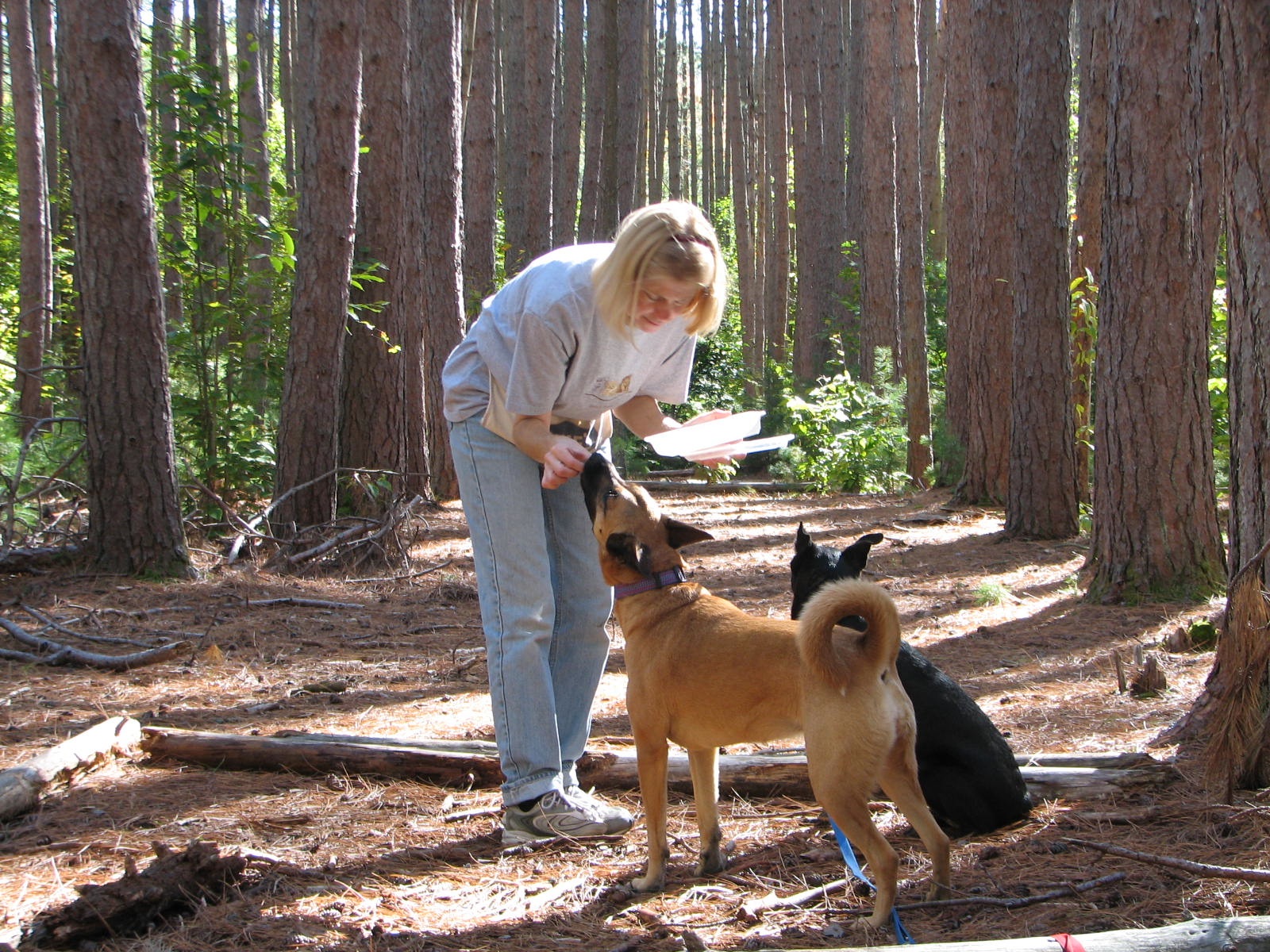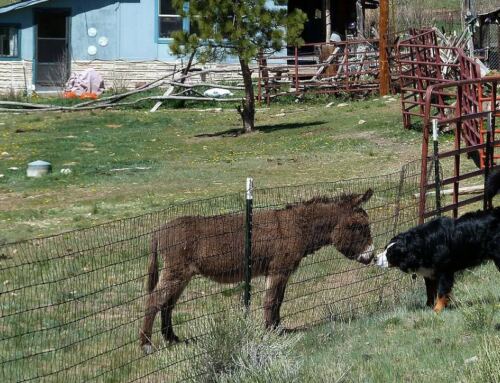Pet owners are often encouraged to think like a dog when faced with behavior challenges. I can’t help but feel a twinge of discomfort when I hear it. Attempts to think like a dog are often accompanied by fables of why a dog is behaving as they are. They’re jealous or angry, we need to be their leader, or treat them as a mother dog treats her pups, to name a few of the cringe worthy whys people come up with. I prefer to try to see things from their point of view.
A great example of this presented itself recently. A pet owner who had done a fantastic job of helping a dog decrease the aggression she displayed toward other dogs when food was around, described that the dog still would try to grab food from her hand, even if it was being offered to another dog. As with any behavior we perceive in our dogs we may make a value judgement about it, the dog is being greedy, impatient or a bully. Or the behavior may be flat out annoying. Warning bells should go off in your head whenever this is the case. It’s a good time to spend some extra moments thinking like a human and using more of the extra grey matter stuffed into your skull.
This food snatching behavior is not uncommon, and when I try to see it from the dog’s perspective it makes perfect sense. For the lucky dog who knows that a hand reaching out often has a piece of food for their mouth, it may not be obvious to them when it’s not for theirs. They may not understand the concept of waiting their turn, especially if there is no clear signal indicating when it’s their turn or not.
It’s not unusual to see this behavior in a dog who is the only dog in a household. How would they know that when other dogs are around the hand reaching out with food, which has only ever been for their mouth, now is not? If a dog is very excited about the prospect of getting a treat their level of arousal can effect how quickly they respond to the hand-reaching-out signal.
Even if a dog is greedy or a bully or extremely competitive, we can help them learn to wait until it’s their turn for food or to perform any other behavior. If trying to  snatch a treat being offered to another dog fails, which hopefully is the case, or they are reprimanded for doing it, which I hope I can convince you doesn’t need to be the case, by making it clear to them when trying to get the treat is more likely to be successful, the snatching behavior can be eliminated.
snatch a treat being offered to another dog fails, which hopefully is the case, or they are reprimanded for doing it, which I hope I can convince you doesn’t need to be the case, by making it clear to them when trying to get the treat is more likely to be successful, the snatching behavior can be eliminated.
Add cues that help the dog discriminate between a hand reaching for their mouth or another dog’s. The cues? The dogs’ names! By saying a dog’s name and immediately following it with a treat popped into their mouth and with practice a dog can learn to sort out which cue means time to open their mouth and which means no treat will follow. It takes less energy for a dog to sit until the food is for them, than it is for them to jump up and jostle other dogs for it. If the food is only available after hearing “Rover” and not after hearing “Tinkerbell” (or vice versa for Tinkerbell) the dog’s energy is better spent listening for the right cue.
Dogs, much like humans, will try to find the easiest road to success. When we think things through the way a human can, we help our dogs learn, because even if I don’t know what my dog is thinking, I know they are.





